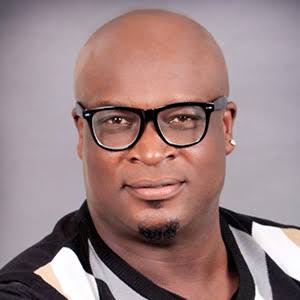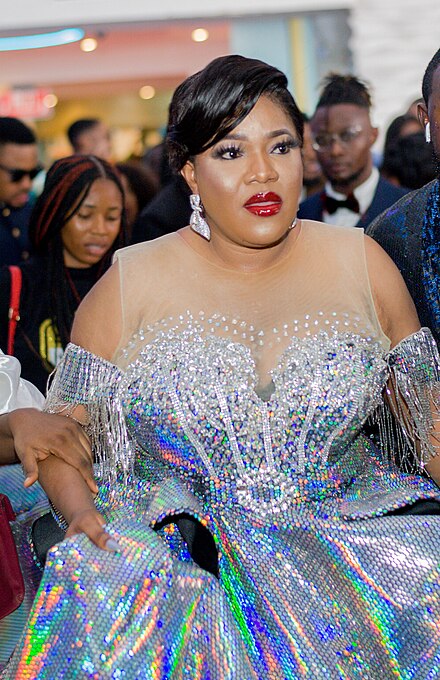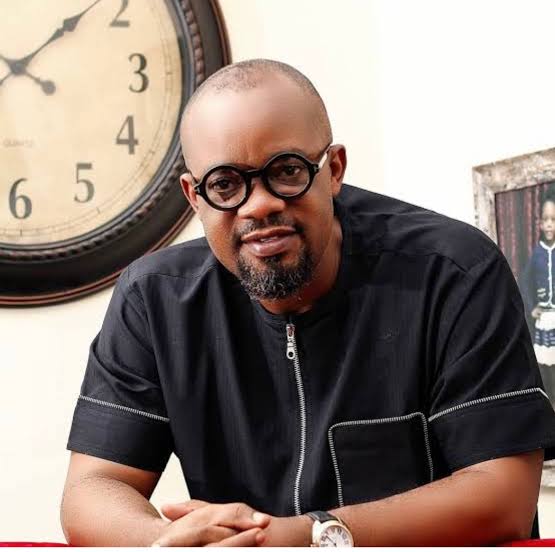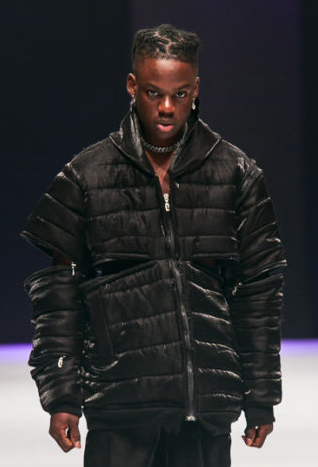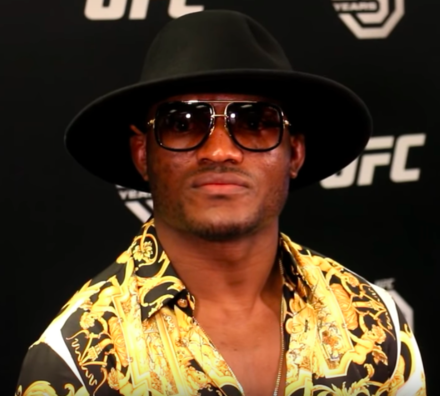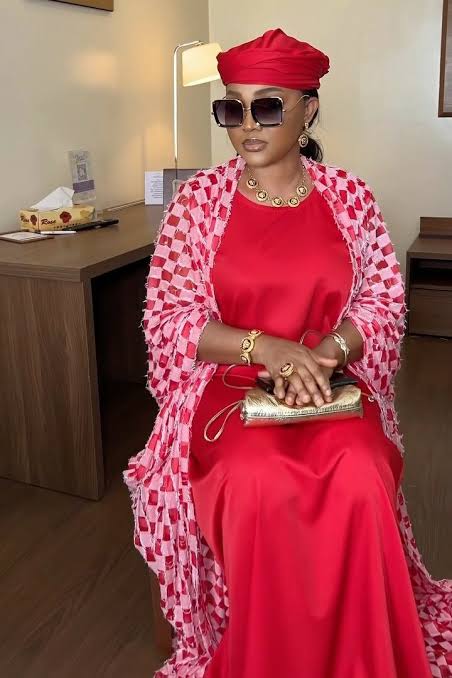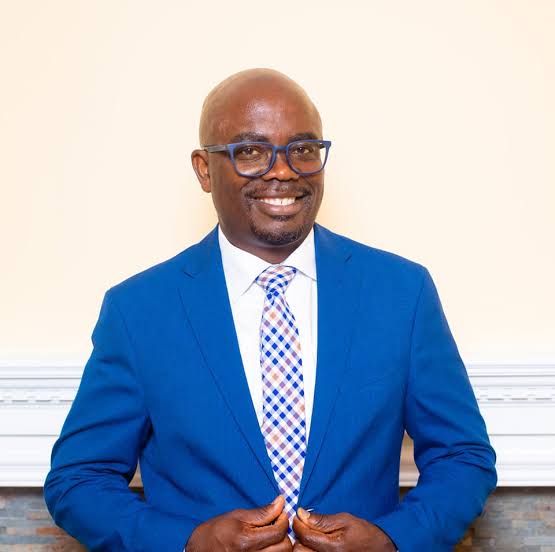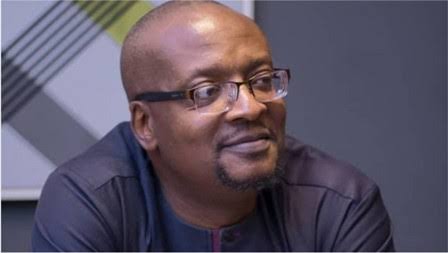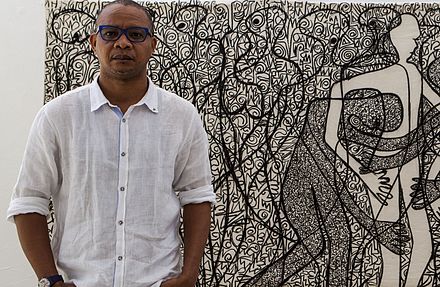Erhabor Ogieva Emokpae, OON
Erhabor Ogieva Emokpae, OON
Number of Views: 3,628 Views
Country: Nigeria
Category: Artist
Place of Birth: Benin City,Edo State.
Date of Birth: May
9 1934
Education
*Government Trade Centre (now Yaba College of Technology) in Lagos.
*England
Bio Description
Erhabor Ogieva Emokpae, OON, (9 May 1934 – 16 February 1984) was a Nigerian sculptor, muralist, graphic artist and painter who is regarded as one of the pioneers of modern arts in Nigeria.[1] Some of his notable works include the a bronze replica of the ivory mask of Queen Idia that was used as the official emblem of the Second World Black and African Festival of Arts and Culture (FESTAC 77)[2] and a popular painting of Queen Amina. He is also responsible for the decorations on the four entrances of the National Arts Theatre, in Lagos.[3]
Early life and education
Erhabor Emokpae, a native of Oredo local government area in Edo State, was born on 9 May 1934, his father was a Bini Palace chief Ewekagosadoba and his mother was a Muslim from Benin City. After completing his basic education at the local Government School, Benin, in 1949, Emokpae entered Western Boys High School, Benin, that same year, leaving in 1951. He proceeded to study art at the Government Trade Centre (now Yaba College of Technology) in Lagos from 1951 to 1953.[4] He went on to study art in England in 1963.[5] The background of his upbringing made him dwell on themes of dualism in most of his artworks.[6][7]
Career
After graduating from Yaba Trade Centre, Emokpae participated in the 1950 "Festival of Arts" exhibition in Lagos, before going on to work as a trainee and commercial artist between 1954 and 1958 at the Ministry of Information in Enugu after he was employed as an artist by the Federal Ministry of Information in 1953.[8]
In 1958, he moved to Lagos and was employed by the West African Publicity (now Lintas West Africa, Lagos) as a creative visual artist. He went on to be promoted as the Senior Creative Advertisement Visual Artist in 1966, and in 1973 he became the Creative Director of the firm. He is regarded as one of the founding members of the Society of Nigerian Artists, an association in which he went on to hold the post of secretary from 1967 to 1975. He was also a member of the Lagos Arts Council and held the position of secretary in 1965.[9]
Works and exhibitions
During his lifetime, Emokpae initiated and held many exhibitions in several countries including Nigeria, West Germany, England and Brazil. He also took part in joint exhibitions including the "Contemporary African Art", "Camden Art Centre, London", the "Contemporary Nigerian Prints and Painting" and the University of Ife's "4th Ife Festival of the Arts Gallery" in 1971.[10]
In 1973, he produced a replica of the Benin ivory mask as the official emblem for the FESTAC 77. He was also commissioned to design bronze decorations at the frieze and entrances of the National Arts Theatre in 1974.[11]
Recognition
In recognition of his contributions, he was conferred with the Officer of the Order of the Niger by Shehu Shagari in 1980.[12]
Personal life
His son Isaac Emokpae is also a notable painter and artist.
References
- ^ Thomas Riggs; Schomburg Center for Research in Black Culture (1997). St. James Guide to Black Artists. St. James Press. ISBN 978-1-55862-220-3.
- ^ Toyin Falola; Ann Genova, eds. (1 July 2009). "World Black and African Festival of Arts and Culture". Historical Dictionary of Nigeria. Scarecrow Press. p. 369. ISBN 978-0-8108-6316-3.
- ^ Agwonorobo Enaeme Eruvbetine; Nina Emma Mba (1991). The Humanities and National Development in Nigeria. Nelson Publishers. ISBN 978-978-126-175-6.
- ^ Makers of modern Africa : profiles in history. Uwechue, Raph., Africa Books Limited. (2nd ed.). London, U.K.: Published by Africa Books Ltd. 1991. ISBN 0-903274-18-3. OCLC 24930445.
- ^ Jean Kennedy (17 July 1992). NEW CURRENTS ANCIENT RIVERS. Smithsonian Institution Press.
- ^ Juliet Highet. "Five Nigerian Artists, Five Nigerian Artists", African Arts, Vol. 2, No. 2 (Winter, 1969), pp. 34–41.
- ^ Dele Jegede. The Essential Emokpae (PDF).
- ^ Nigeria Magazine. 1966.
- ^ Edward Harland Duckworth (1984). Nigeria Magazine. Government of Nigeria.
- ^ Nzoiwu Azuka Abigael. "The Life and Art of Erhabor Emokpae: A case study of National Theatre". African Journals Online. Retrieved 2 August 2015.
- ^ "Erhabor Emokpae". OYASAF. Retrieved 2 August 2015.[permanent dead link]
- ^ Christopher Osadiaye Orumwese Ugowe (2000). Eminent Nigerians of the twentieth century. Hugo Books. ISBN 978-978-33328-3-6.




